The house where the incomparable Cecil Beaton wooed Greta Garbo is up for sale, with its own Winter Garden
A superb home near Salisbury once owned by Cecil Beaton, and beautifully restored by the present owners, has come up for sale. Penny Churchill takes a look.
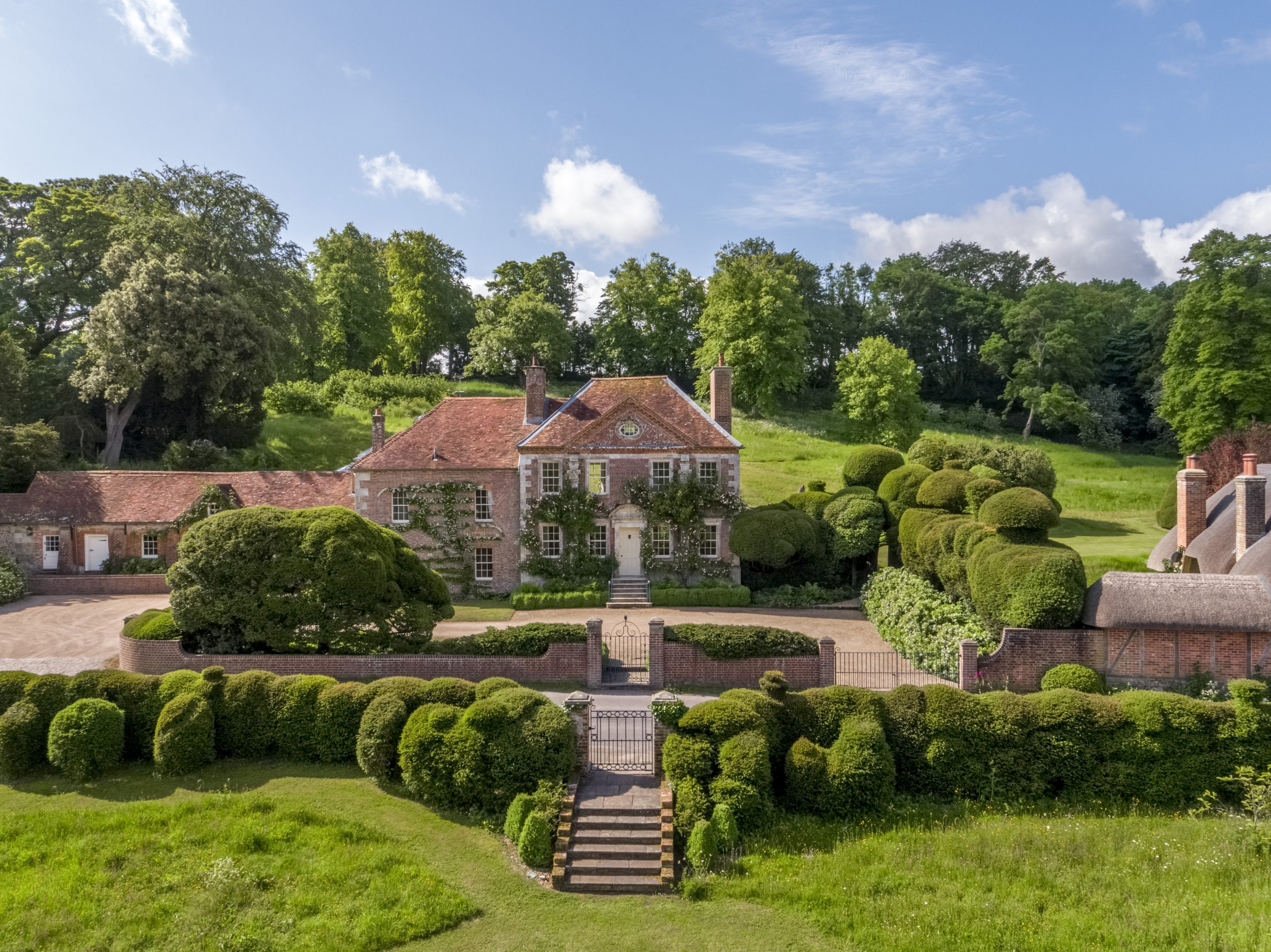

A thorny question facing country-house agents, vendors and buyers alike is: how do you value a dream country house in these unpredictable times?
The honest answer is, probably, that nobody knows. However, the arrival on the scene of notable properties such as this early-Georgian gem — Reddish House, near Salisbury, for sale through Savills at a guide price of £4 million — may provide some clarity.
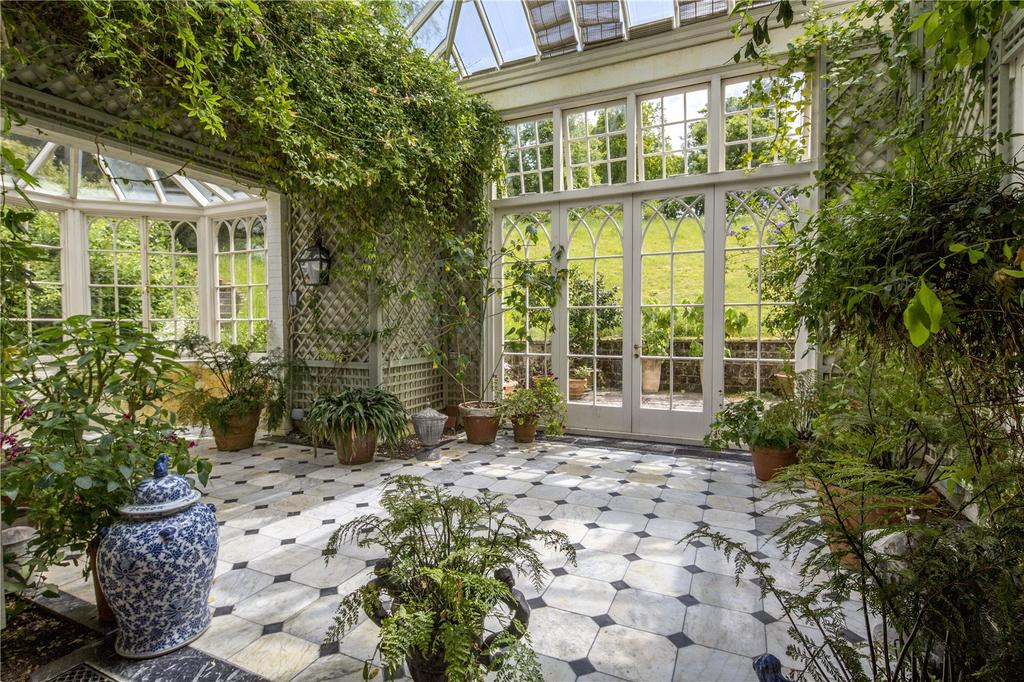
Not overly large, but perfectly formed, beautifully renovated and set within nearly six acres of romantic, colourful gardens, Reddish House offers 4,912sq ft of living space on three floors.
There are three main reception rooms, a library, study, winter garden/conservatory and kitchen/breakfast room.
Upstairs are a master suite and, rather surprisingly given that the main house is almost 5,000 square feet, just two more bedrooms and bathrooms.
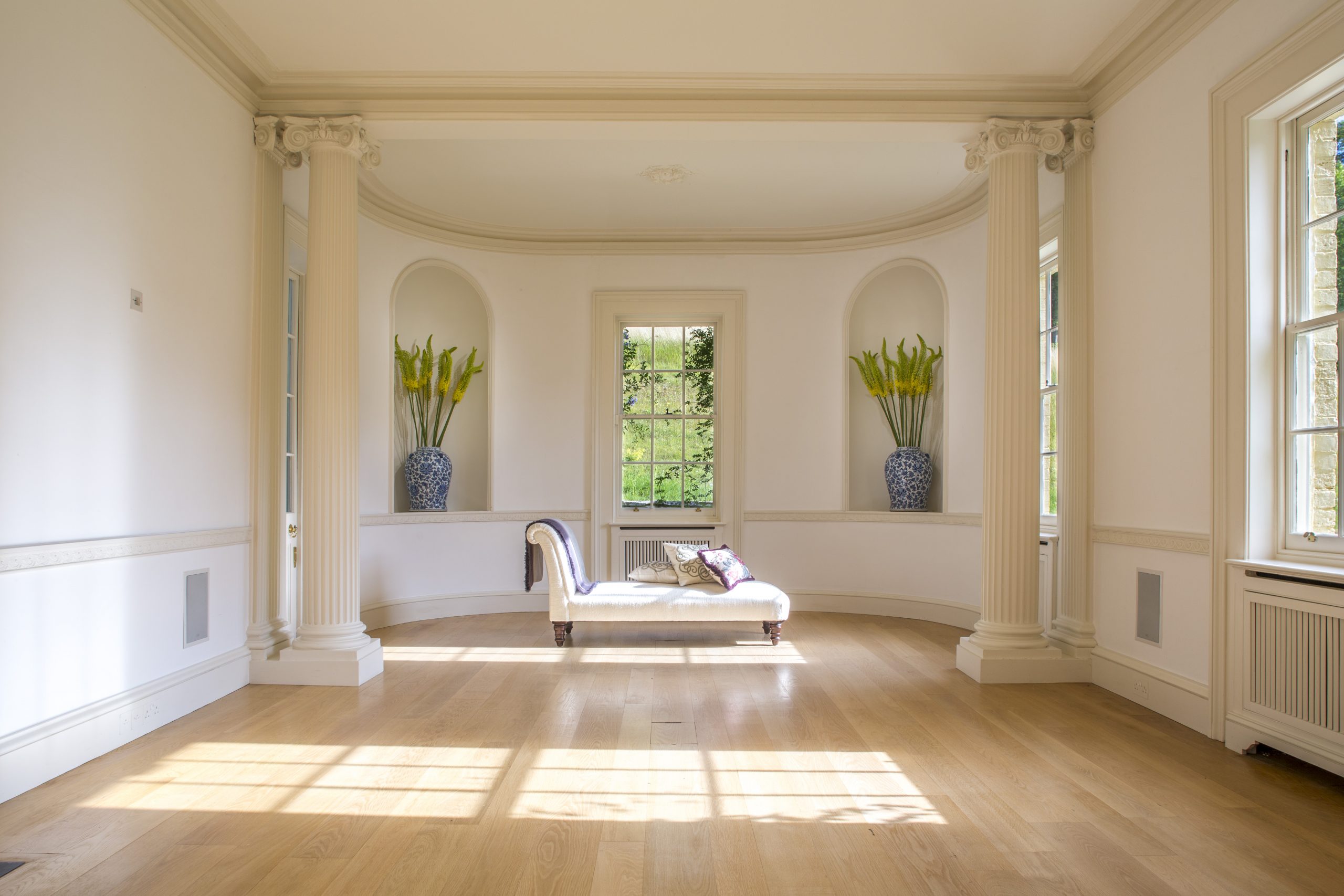
Thankfully, substantial further space is available in a thatched 'cottage' (of almost 4,000 sq ft) in the grounds, plus a one-bedroom studio.
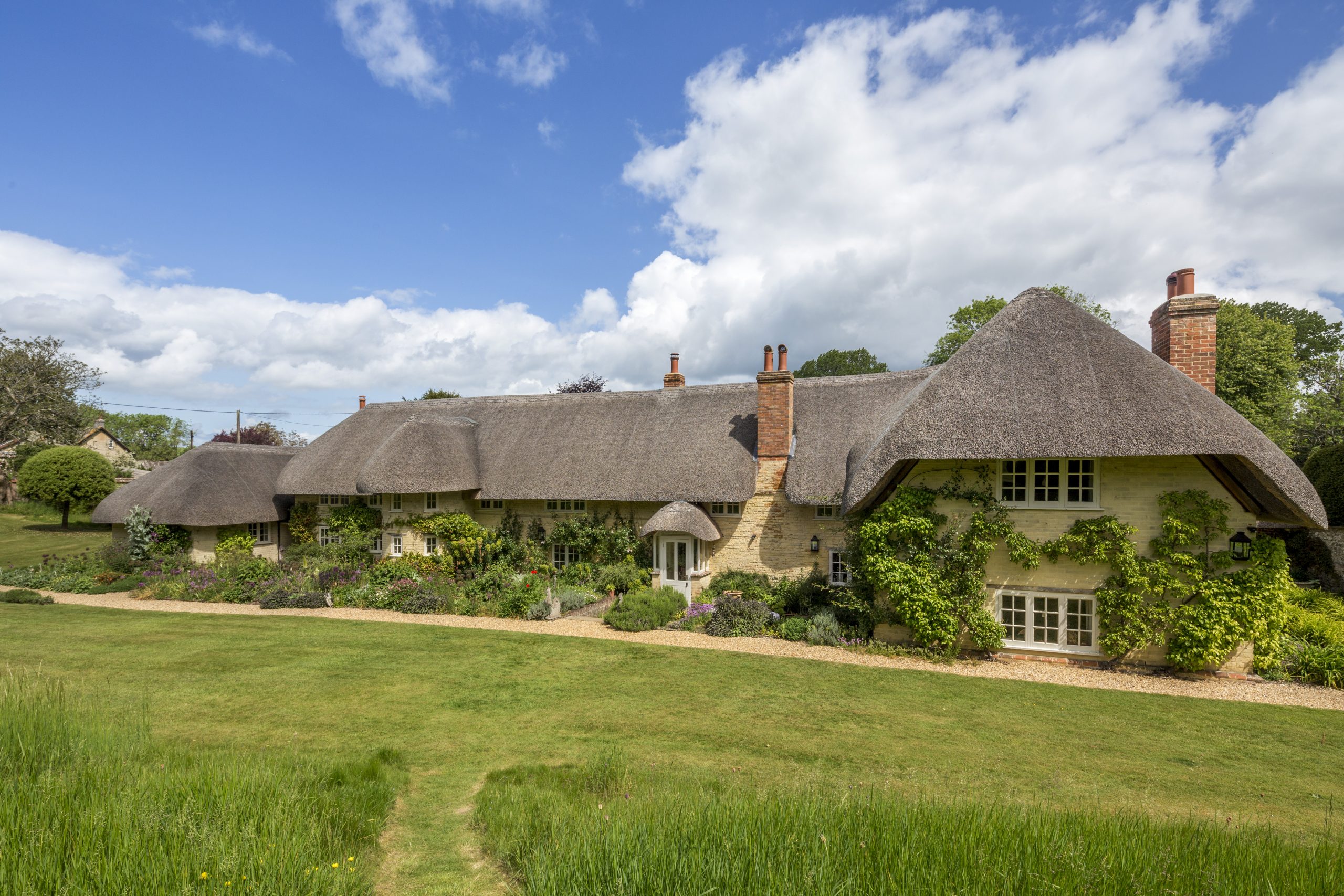
The reasons for this slightly unusual use of space is probably within the house’s colourful history.
Sign up for the Country Life Newsletter
Exquisite houses, the beauty of Nature, and how to get the most from your life, straight to your inbox.
In 1947, following Broadway success and a new contract with film-maker Alexander Korda, the Society photographer, artist, stage and costume designer Cecil Beaton was looking to buy a house in the country. A friend, the writer Edith Olivier, introduced him to pretty, red-brick Reddish House in the village of Broad Chalke, eight miles from Salisbury. Instantly captivated, he readily agreed to buy it for £10,000.
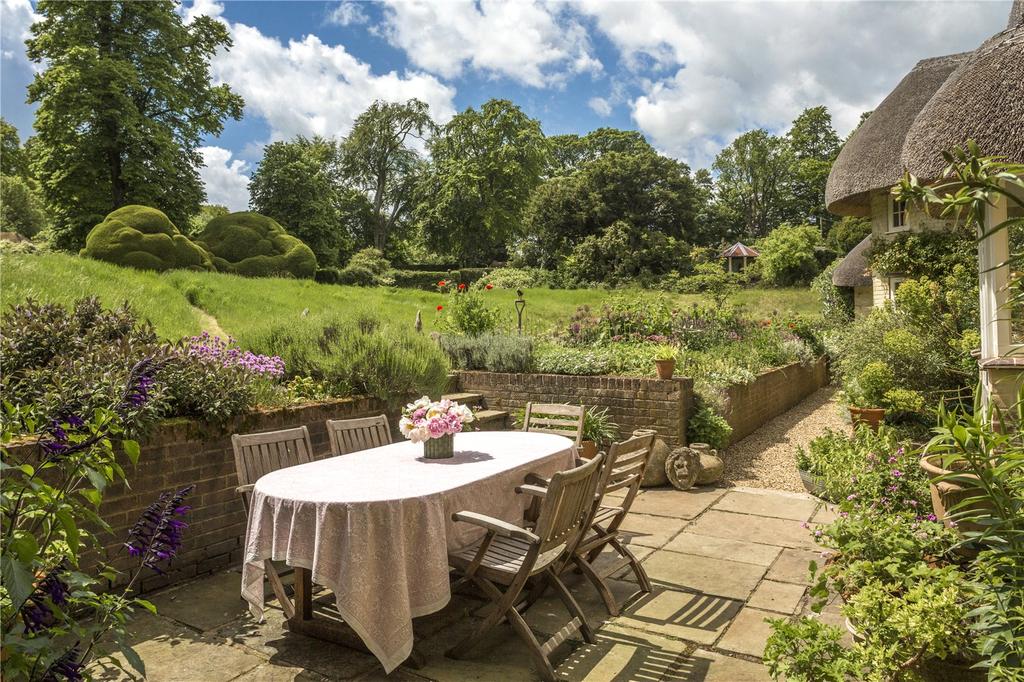
For the next 32 years, until his death in 1980, the house, described by Christopher Hussey as ‘an outstanding example of rustic Baroque’ (Country Life, March 21, 1957), was Beaton’s cherished country home, where he entertained his many friends from the worlds of the Arts, stage and screen.
Among them was Greta Garbo, to whom he proposed marriage, inviting her to ‘build her nest’ here. The offer was politely declined.
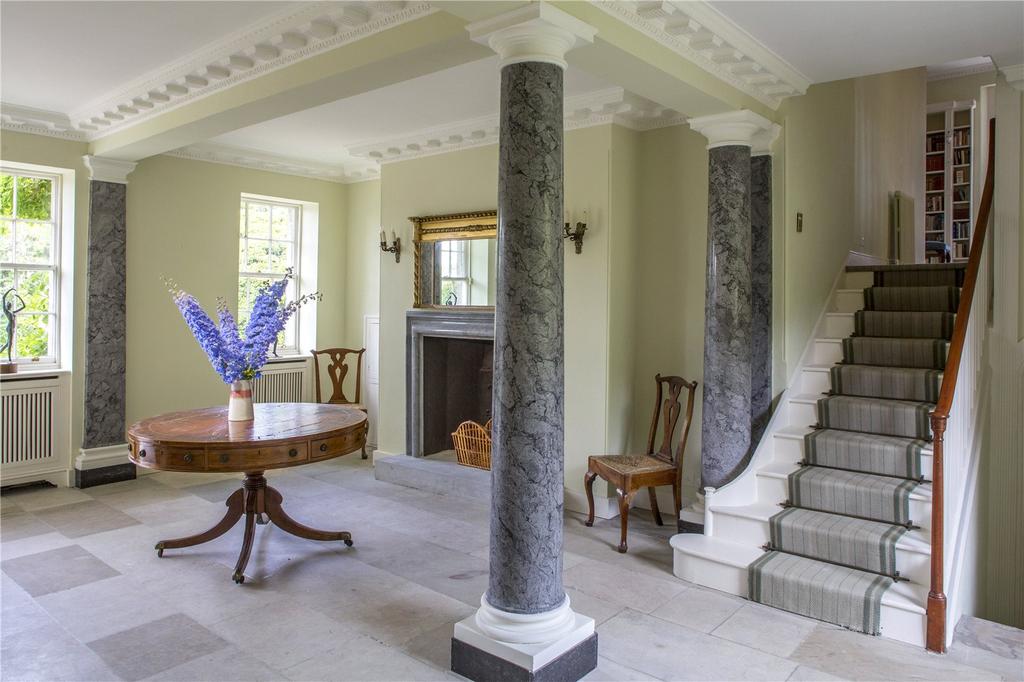
Previously known as Littlecotes Farm, Reddish House was originally a farmhouse on lands given to Wilton Abbey by King Eadwig in 955 and transferred to Sir William Herbert after the Dissolution. From 1560, the manor farm was owned by the Reddish family of nearby Maiden Bradley, who sold it to a wealthy clothier, Jeremiah Cray, in 1696.
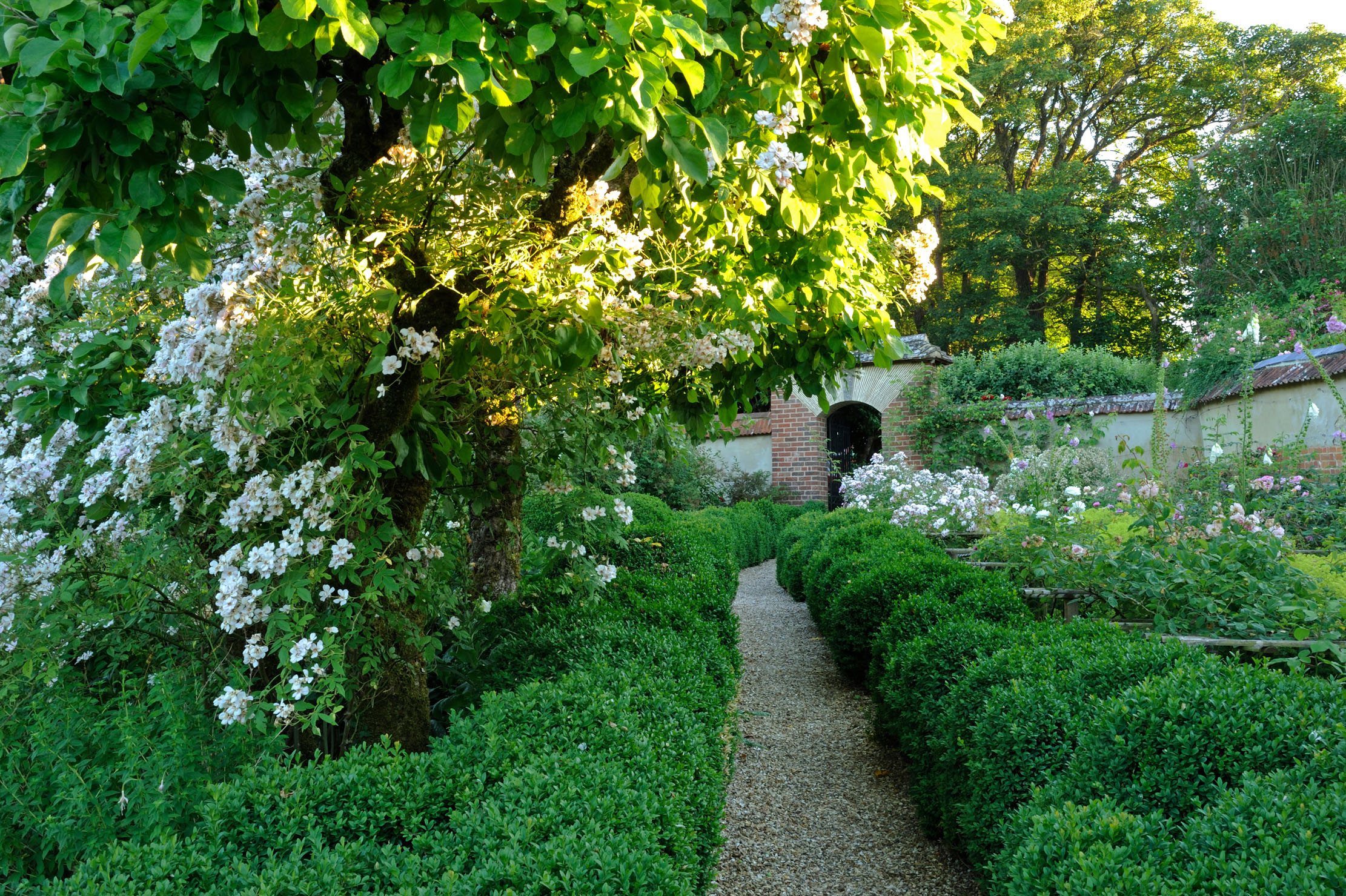
Cray leased Reddish House to John Combes, a prosperous mercer from Tisbury, and agreed to help fund the cost of rebuilding the house in the early 1700s. However, Combes’s ideas were somewhat grander than those of his landlord — as the imposing front façade suggests — and, in the end, he had to pay for its finishing himself. In 1806, the Cray family sold Reddish to George Young of Broad Chalke, who further altered it, after which little was done until Beaton arrived.
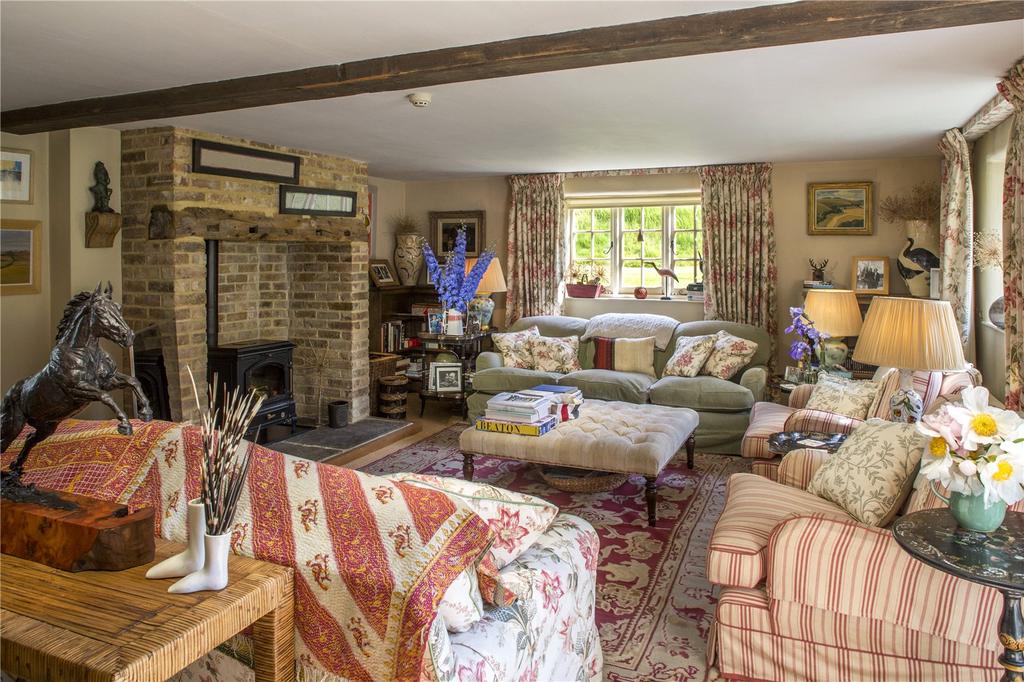
Building materials were in short supply in post-war Britain, so Beaton employed his theatrical talents in transforming the interior, adding rooms on the eastern side and creating the sumptuous drawing room where he wooed Garbo.
After his death, the house was sold for £225,000 to Ursula, Countess of Chichester, the Dutch-born widow of the 8th Earl, who was killed in action in 1944.
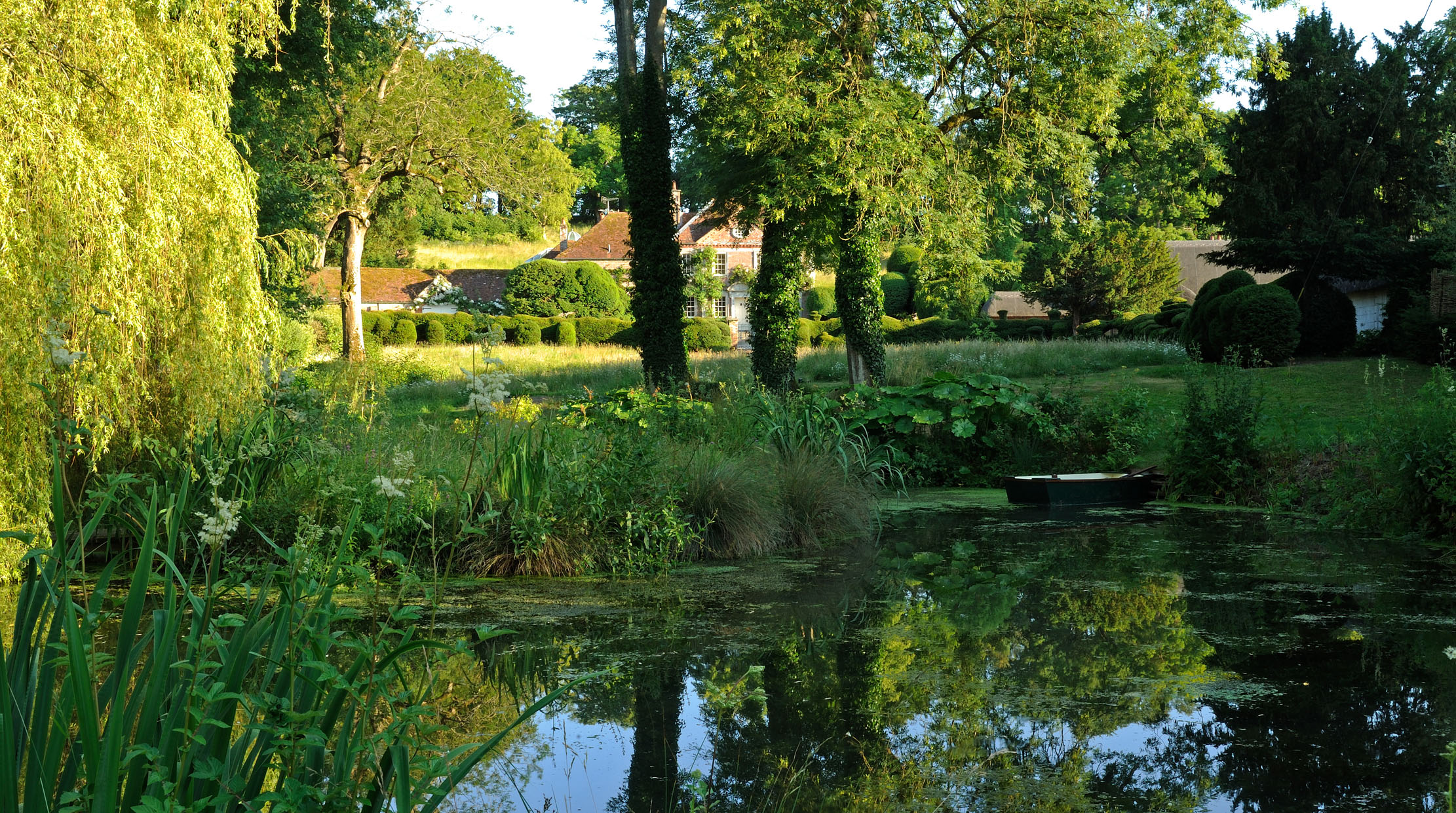
Seven years later, Reddish House came back to the market through Strutt & Parker, who invited offers over £500,000 for the Grade II-listed house set in 5.75 acres of gardens and grounds.
It sold within weeks, for well over the guide price, to the musician Robert Fripp and his wife, actress and singer Toyah Willcox; they extensively renovated the house and gardens before selling, in July 1999, to the current owners.
Reddish House is for sale via Savills at £4m — see more details and pictures.
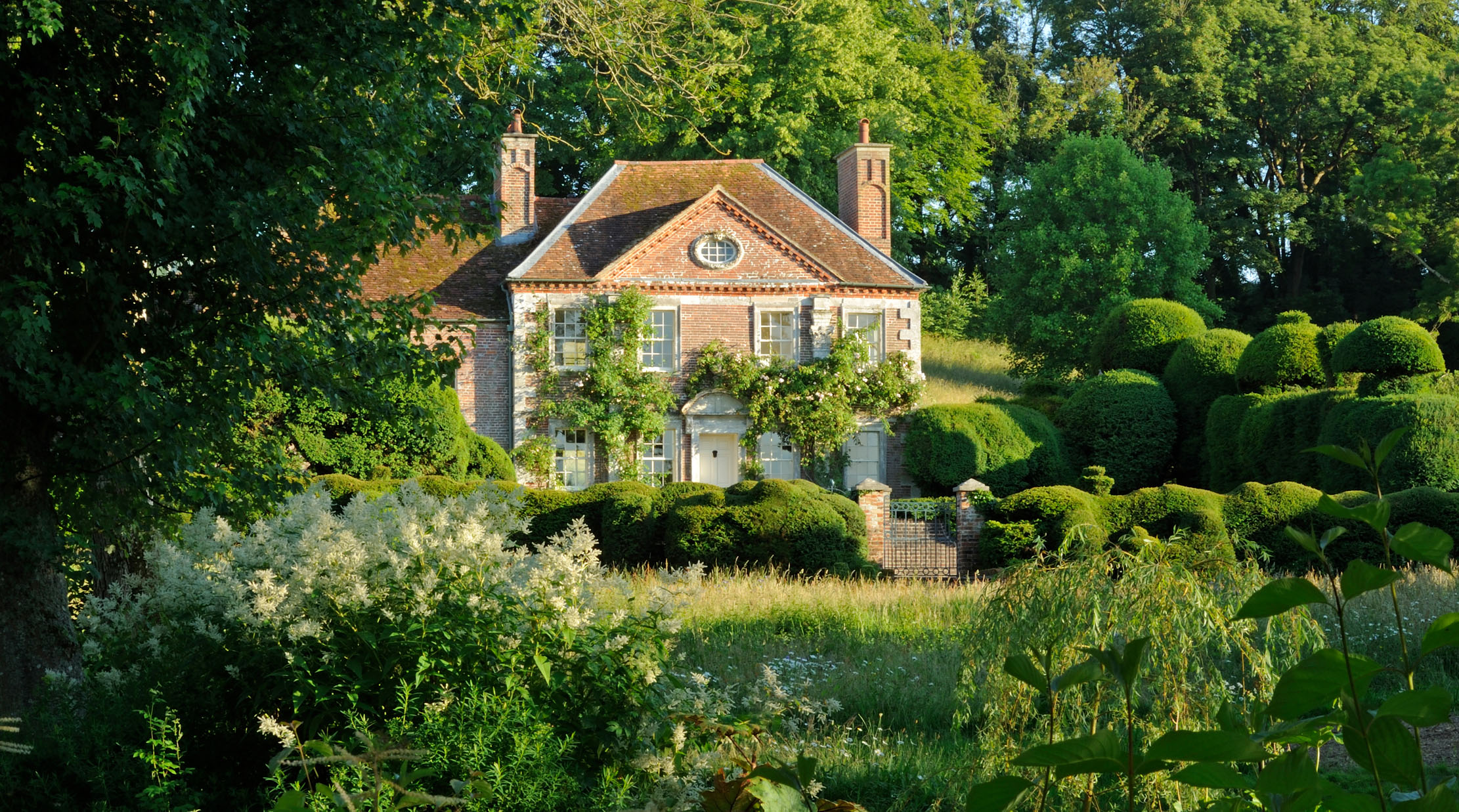
Reddish House: The 'dream house' and gardens of Cecil Beaton, restored for the 21st century just as he'd have wished
Reddish House in Wiltshire is the place where the great Cecil Beaton fell in love with gardening. Taking on this

Craigievar Castle: The Seat of Sir John Forbes Bart., now Lord Sempill by Peter Graham
From the Country Life Archive: Peter Graham reports on Craigievar Castle, Aberdeenshire. Originally published in Country Life, February 3, 1906.
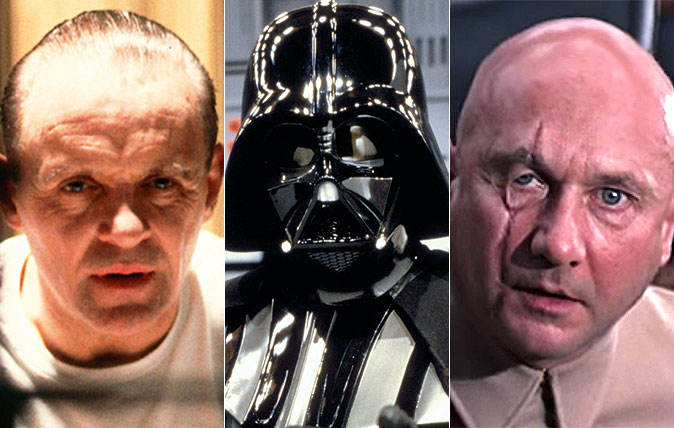
Credit: Alamy
Gloriously evil: The Top 10 British villains in Hollywood history
Everyone knows Brits make the best on-screen super-villains. Jonathan Self picks out his favourites.
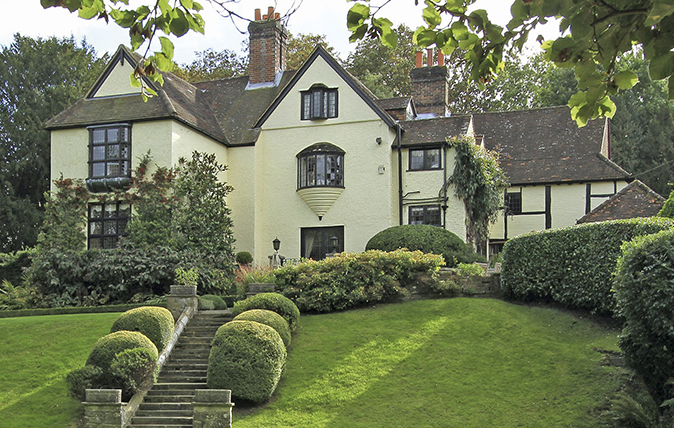
For Your Eyes Only: The Surrey manor where James Clavell hosted 007 (and JR Ewing)
If walls could talk, these ones would have all sorts of tales about Hollywood A-listers thanks to its ownership by
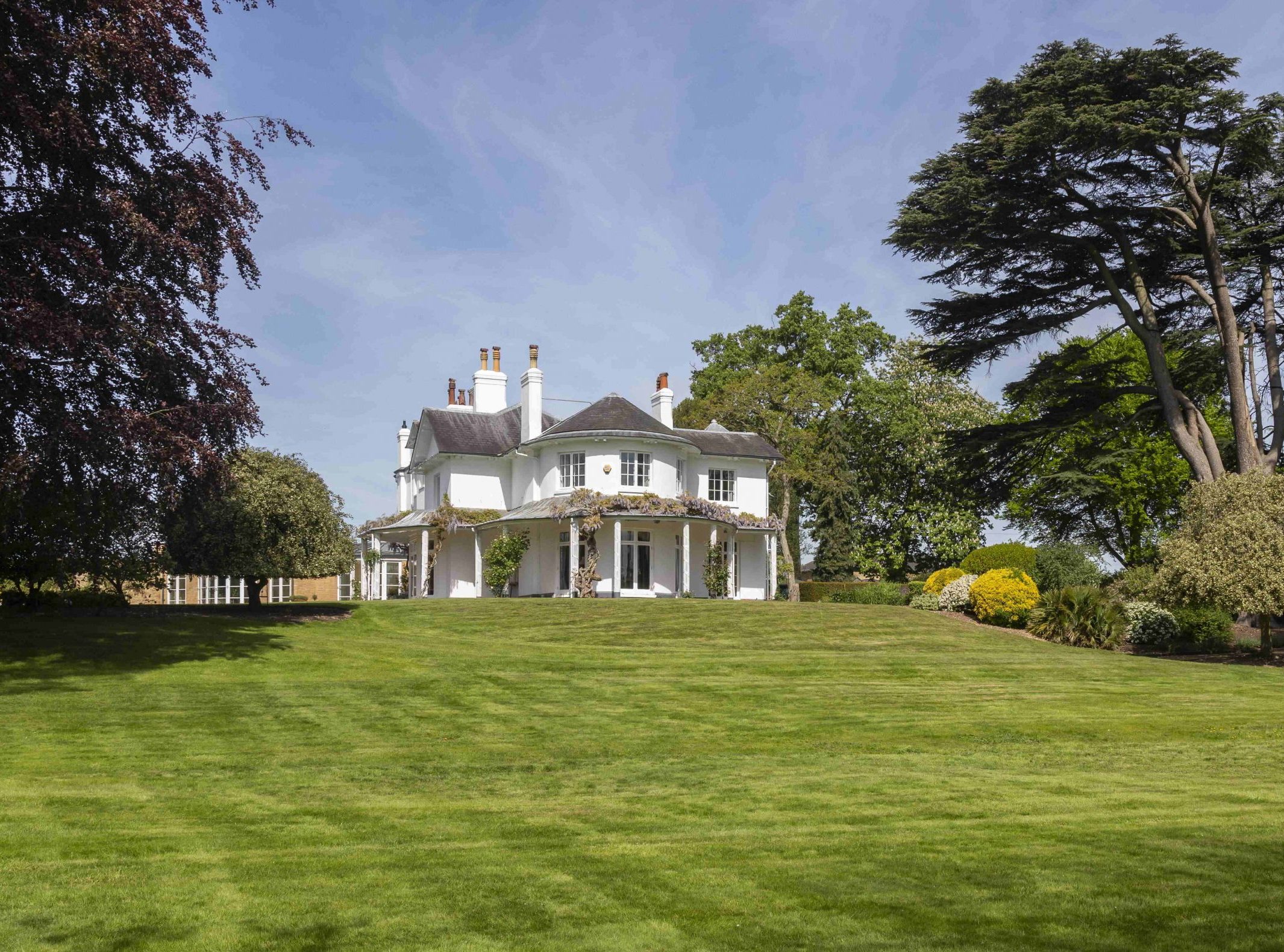
An utterly charming Buckinghamshire home where one of the great British films of the 1940s was made
Denham Mount is a superbly pretty small estate just outside London which was used for a famed adaptation of one
-
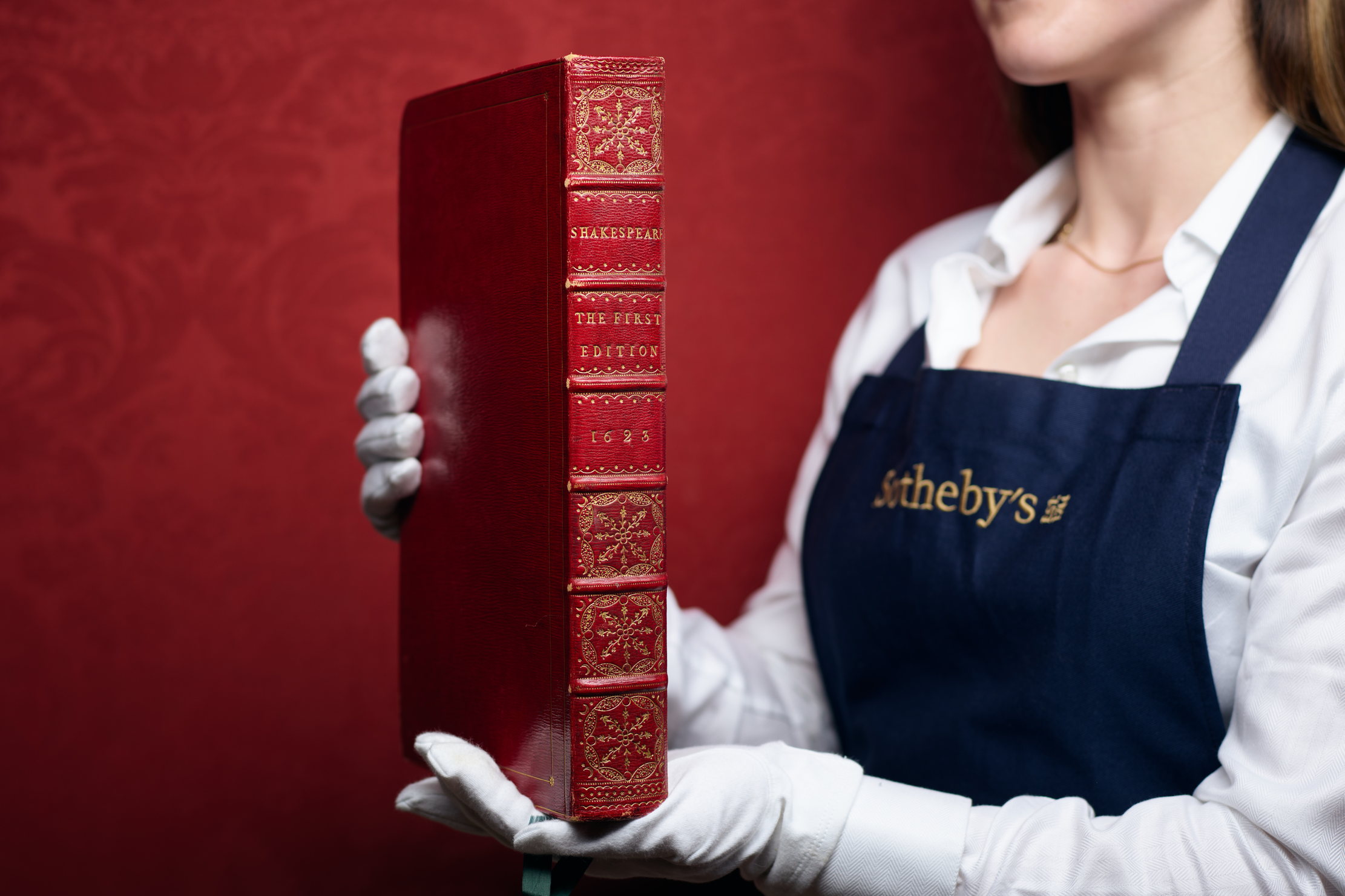 Folio, Folio, wherefore art thou Folio? Shakespeare set to be auctioned by Sotheby's
Folio, Folio, wherefore art thou Folio? Shakespeare set to be auctioned by Sotheby'sFour Folios will be auctioned in London on May 23, with an estimate of £3.5–£4.5 million for 'the most significant publication in the history of English literature'.
By Lotte Brundle Published
-
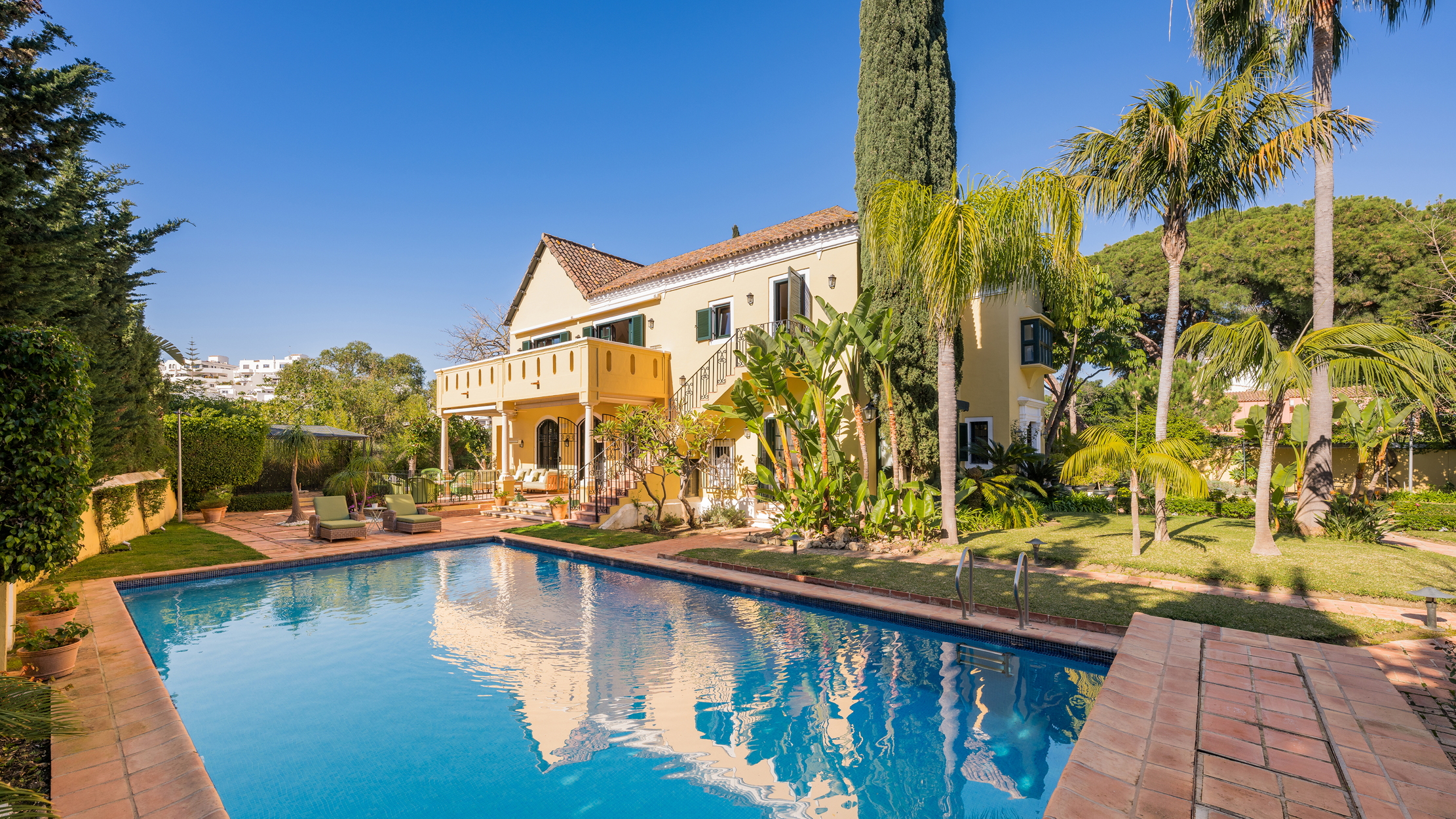 Damon Hill's former home in Marbella is the perfect place to slow down
Damon Hill's former home in Marbella is the perfect place to slow downThe glorious Andalusian-style villa is found within the Lomas de Marbella Club and just a short walk from the beach.
By James Fisher Published
-
 Damon Hill's former home in Marbella is the perfect place to slow down
Damon Hill's former home in Marbella is the perfect place to slow downThe glorious Andalusian-style villa is found within the Lomas de Marbella Club and just a short walk from the beach.
By James Fisher Published
-
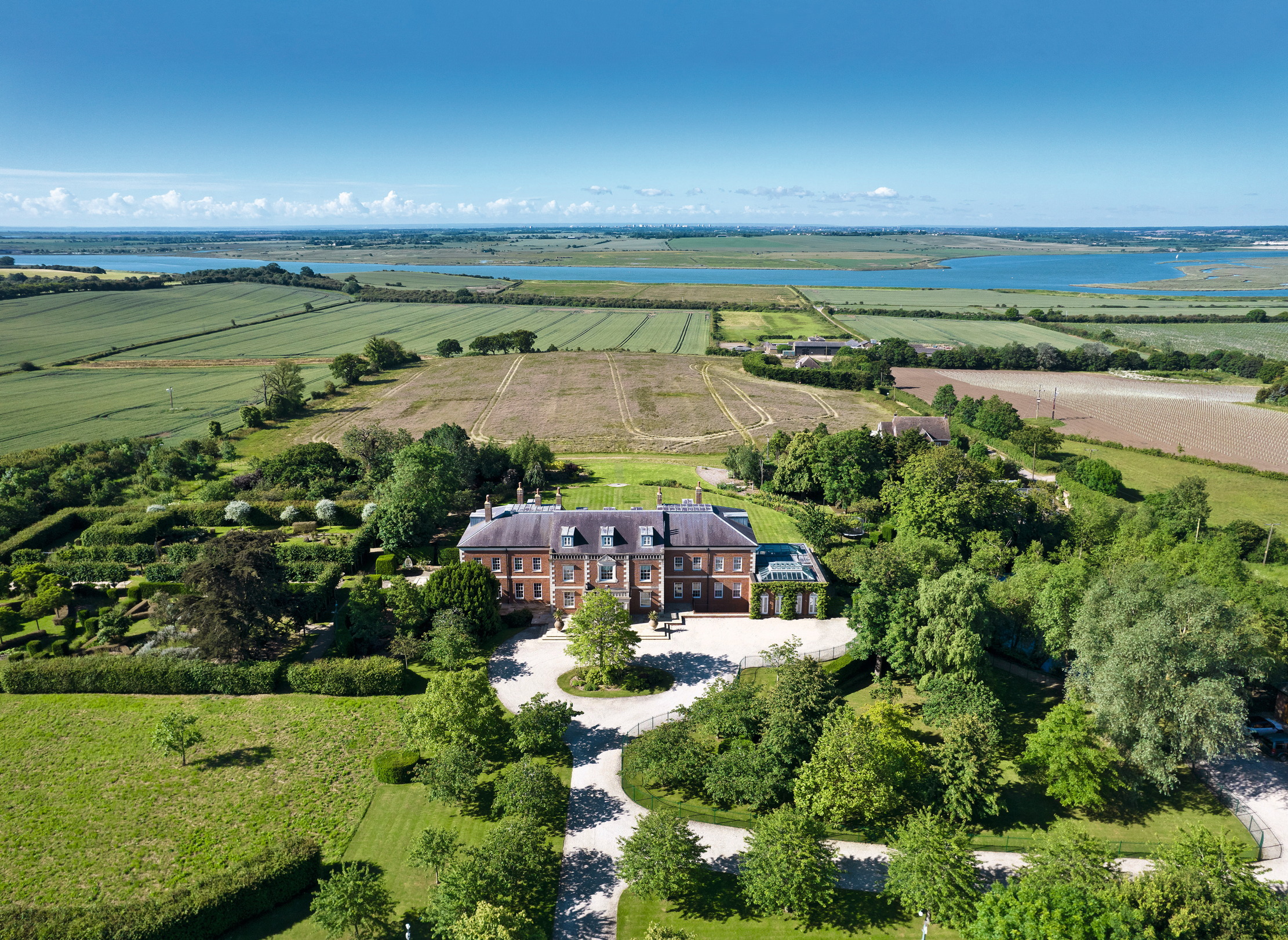 A 327-acre estate in the heart of 'England’s Côte d’Or', with a 26,000sq ft Georgian style home at its heart
A 327-acre estate in the heart of 'England’s Côte d’Or', with a 26,000sq ft Georgian style home at its heartStokes Hall in the Crouch Valley is an inspiring property looking for a new owner.
By Penny Churchill Published
-
 Schreiber House, 'the most significant London townhouse of the second half of the 20th century', is up for sale
Schreiber House, 'the most significant London townhouse of the second half of the 20th century', is up for saleThe five-bedroom Modernist masterpiece sits on the edge of Hampstead Heath.
By Lotte Brundle Published
-
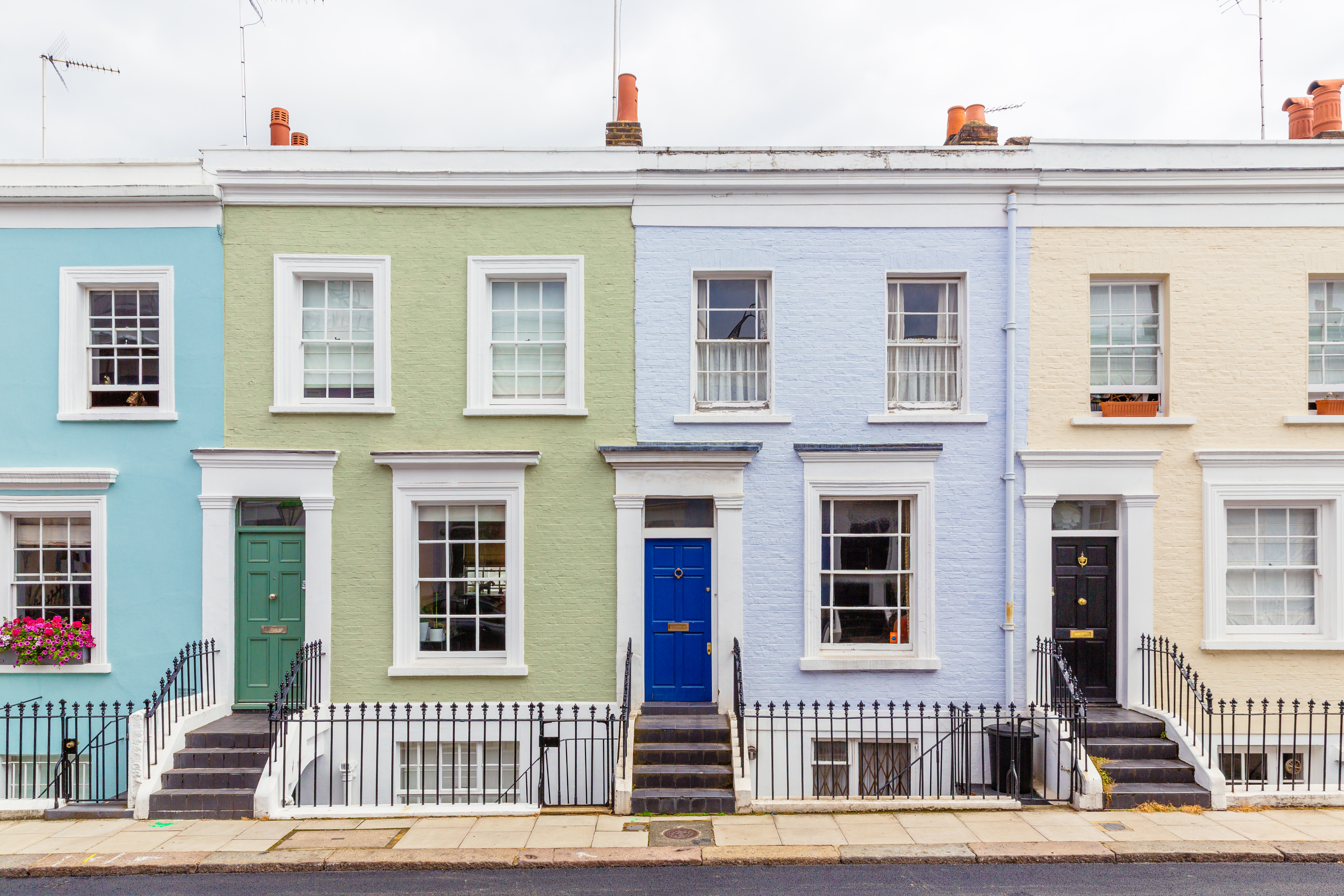 Is the 'race for space' officially over?
Is the 'race for space' officially over?During the lockdowns, many thought the countryside was the place to be. It seems many are now changing their minds.
By Annabel Dixon Last updated
-
 What's a 'wellness village' and will it tempt you back into the office?
What's a 'wellness village' and will it tempt you back into the office?The team behind London's first mixed-use ‘wellness village’ says it has the magic formula for tempting workers back into offices.
By Annunciata Elwes Published
-
 A mini estate in Kent that's so lovely it once featured in Simon Schama's 'History of Britain'
A mini estate in Kent that's so lovely it once featured in Simon Schama's 'History of Britain'The Paper Mill estate is a picture-postcard in the Garden of England.
By Penny Churchill Published
-
 Hidden excellence in a £7.5 million north London home
Hidden excellence in a £7.5 million north London homeBehind the traditional façades of Provost Road, you will find something very special.
By James Fisher Published
-
 Sip tea and laugh at your neighbours in this seaside Norfolk home with a watchtower
Sip tea and laugh at your neighbours in this seaside Norfolk home with a watchtowerOn Cliff Hill in Gorleston, one home is taller than all the others. It could be yours.
By James Fisher Published
